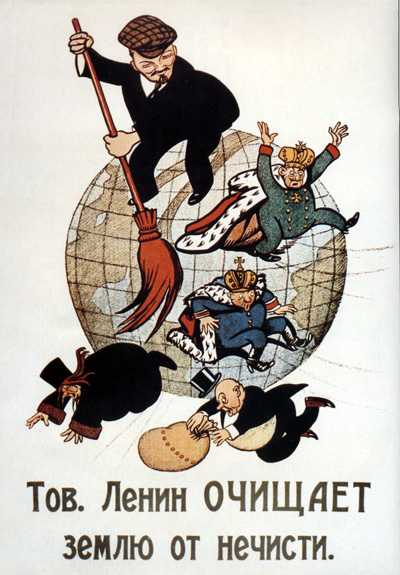This was cool. It makes sense that if you bring a bunch of people they will figure out how to communicate, I wonder like a few researchers did in the article, what the critical mass is to make the leap from extemporaneous pidgin to full on language
history
Welcome to c/history! History is written by the posters.
c/history is a comm for discussion about history so feel free to talk and post about articles, books, videos, events or historical figures you find interesting
Please read the Hexbear Code of Conduct and remember...we're all comrades here.
Do not post reactionary or imperialist takes (criticism is fine, but don't pull nonsense from whatever chud author is out there).
When sharing historical facts, remember to provide credible souces or citations.
Historical Disinformation will be removed

I remember hearing about a similar experiment in the, I don't know, 1700s? These priests or monks or whatever had this idea that if you raised a group of kids together and didn't talk to them, then they would revert to whatever the "original" language supposedly was before the tower of babel. They expected the kids to start talking in Hebrew or Greek, but they just made their own language.
I've been gaining an interest in sign linguistics lately, though I still know no sign myself. There's some interesting sign history in Nicaragua's neighbor Honduras, too, where Bay Islands Sign Language (BISL) is used on some islands in the north. The islands have a high rate of Usher syndrome, where people are born deaf and become blind later in life. The high rate of DeafBlindness in the community has actually guided the development of BISL even among sighted users, through e.g. an uncommonly high percentage of signs involving touching one's body.